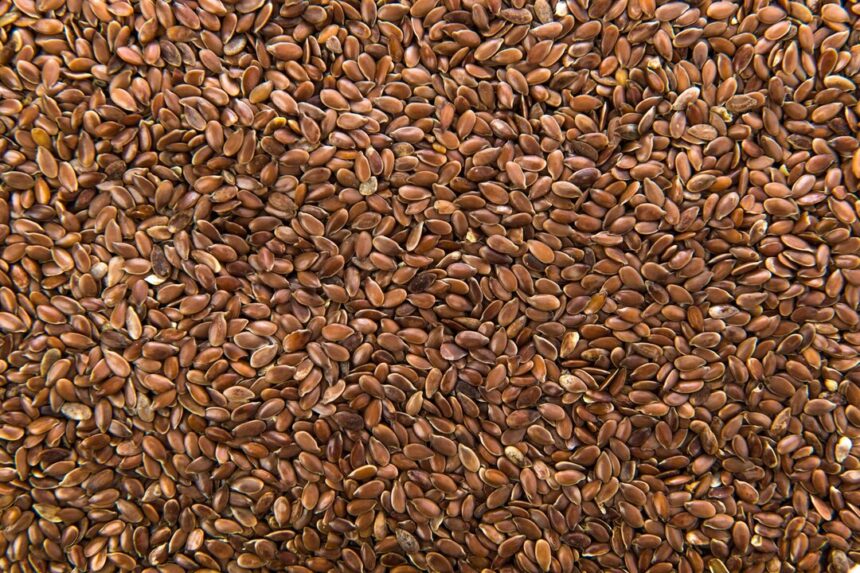Flax, also known as linseed, is a versatile crop with a wide range of applications, including food, textiles, and industrial products. In South Africa, flax cultivation has gained prominence due to its potential for producing both high-quality seeds and fiber. To maximize the quality and yield of flax seeds and fiber, farmers and researchers employ various techniques and practices aimed at enhancing productivity and profitability. In this article, we’ll explore some of the key techniques used to improve the quality and yield of flax in South Africa.
1. Selecting Suitable Varieties:
Choosing the right flax varieties is essential for achieving optimal yield and quality. Farmers in South Africa have access to a range of flax cultivars bred for specific traits, such as seed yield, fiber quality, and disease resistance. Selecting varieties adapted to local growing conditions and market requirements is crucial for maximizing productivity and profitability.
2. Soil Preparation and Fertility Management:
Proper soil preparation and fertility management are essential for ensuring healthy flax growth and development. Farmers in South Africa employ techniques such as soil testing, land leveling, and organic matter incorporation to create optimal growing conditions for flax. Balanced fertilization with nitrogen, phosphorus, potassium, and micronutrients helps maintain soil fertility and support vigorous crop growth.
3. Planting Practices:
Optimal planting practices play a significant role in determining flax yield and quality. Farmers carefully consider factors such as seeding rate, row spacing, and planting depth to optimize plant establishment and growth. Planting flax at the right time, in well-prepared seedbeds, and under favorable weather conditions is essential for maximizing yield potential.
4. Irrigation Management:
Flax is relatively drought-tolerant but benefits from adequate moisture during critical growth stages. In South Africa, where water resources may be limited, farmers utilize various irrigation techniques, such as furrow irrigation, drip irrigation, and overhead sprinklers, to ensure consistent soil moisture levels and optimize crop yield and quality.
5. Weed Control:
Weed competition can significantly impact flax yield and quality by reducing light, nutrients, and water available to the crop. Farmers in South Africa employ integrated weed management strategies, including herbicide applications, mechanical cultivation, and crop rotation, to control weeds effectively and maintain clean fields throughout the growing season.
6. Disease and Pest Management:
Diseases and pests can pose significant challenges to flax production in South Africa. Farmers utilize integrated pest and disease management practices to minimize damage and losses. Techniques such as crop rotation, resistant varieties, and biological control agents help control pests and diseases while minimizing reliance on chemical pesticides.
7. Harvesting and Threshing:
Timely harvesting is critical for optimizing flax seed and fiber quality and minimizing losses. Farmers in South Africa monitor crop maturity closely and harvest flax when seed moisture content reaches the appropriate level. Mechanical harvesting equipment and techniques are used to minimize seed and fiber damage during harvest and threshing operations.
8. Post-Harvest Handling:
Proper post-harvest handling is essential for preserving flax seed and fiber quality and preventing contamination and deterioration. Farmers in South Africa take care to dry harvested flax seeds to the appropriate moisture content and store them in clean, dry conditions to maintain seed viability and prevent spoilage. Similarly, harvested flax fiber is carefully processed and stored to maintain its quality and value.
In conclusion, enhancing the quality and yield of flax seeds and fiber in South Africa requires a combination of sound agronomic practices, effective pest and disease management, and careful attention to post-harvest handling. By adopting these techniques and staying informed about the latest research and innovations, flax farmers can optimize productivity, profitability, and sustainability in this important crop sector. Through ongoing collaboration between farmers, researchers, and industry stakeholders, South Africa can continue to strengthen its position as a leading producer of high-quality flax seeds and fiber for domestic and international markets.
Join 'Farmers Mag' WhatsApp Channel
Get the latest Farming news and tips delivered straight to your WhatsApp
CLICK HERE TO JOIN






